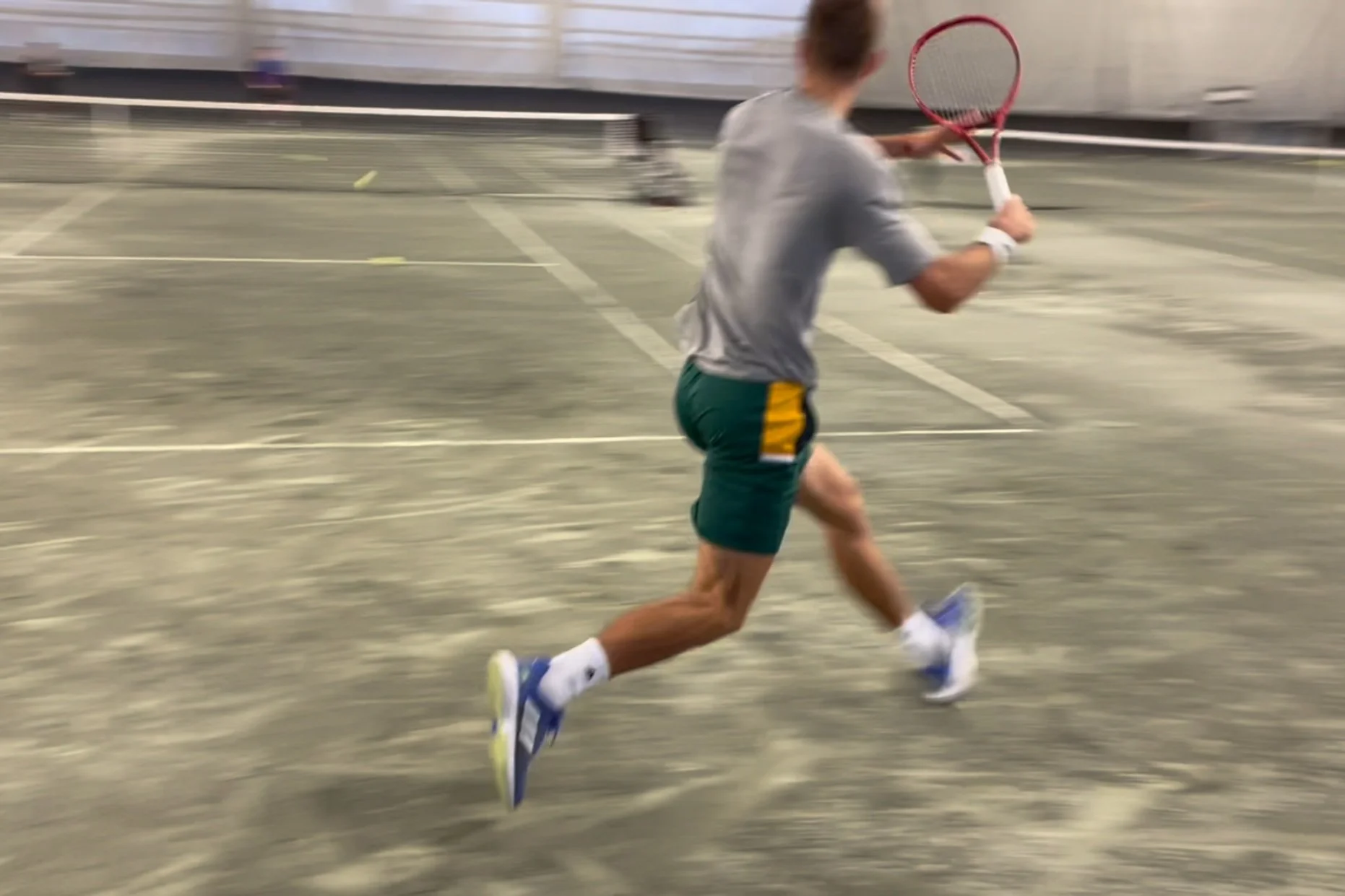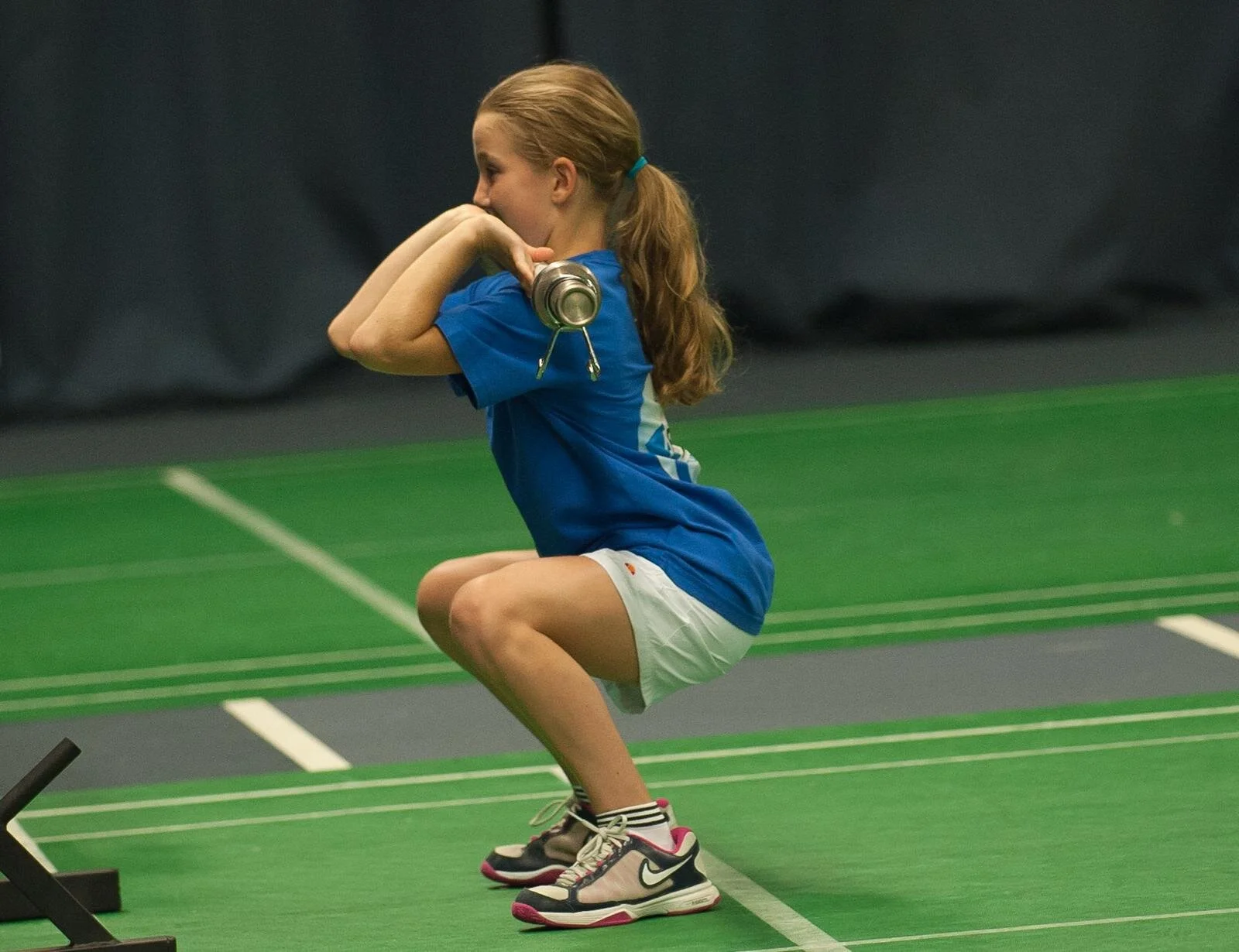I don’t train as many junior players now as I have in the past. It’s not that I don’t want to, it’s just that I’m in a position right now where older players - those that are playing professionally (either on a full-time or part-time basis) - take up a big chunk of my time.
That said, I still manage to coach a number of younger players (both in-person and remote). The ages range but generally fall between 9 and 15… and all of them are exposed to strength training in one form or another.
The reason I’m bringing this up is because I often get asked by parents… “is lifting weights dangerous?” or “will lifting weights stunt my child’s growth?”...
Most of us in tennis won’t argue that today’s game requires high levels of explosive strength - or as it’s often called - power. But many disregard some of the most influential exercises that contribute to this quality: olympic weightlifting movements.
In case you’re not familiar with olympic weightlifting movements, they consist of the clean, snatch, jerk and any variations or derivatives of these 3 lifts (videos examples are found throughout this post).
In previous posts on COD, we spoke about the importance of reactive strength. In particular, we emphasized the role leg and ankle stiffness plays in the production of reactiveness. Ultimately, high levels of reactiveness are predicated by very fast eccentric-concentric muscle actions. These actions impact a variety of movements in tennis, including any type of first-step reaction that involves very little changes in knee, hip and ankle amplitudes. `
But what about movements that have longer ground contact times? For instance, a player is forced into a deep lunge position - perhaps because of a fast low ball or because they’re retrieving a low volley at net. To recover from these types of scenarios requires qualities that extend beyond reactiveness. This is where strength and power qualities come into play. While reactiveness is great when joint angles are small, inertia is low and ground contacts are short, when these parameters are reversed, fast stretch shortening cycle (SSC) abilities won’t cut it.
How do different athletic qualities fit into the program of a tennis player? This is a complex question but one that deserves an answer. With information being so readily accessible these days, there are countless videos of players doing all kinds of things off the tennis court. But let me ask you this: just because a top 100 or 50 player is doing X or Y, does it mean it’s effective? Is it driven by some underlying scientific basis? Often times, it’s not. It’s a regurgitation of someone else’s training or a drill that was once seen before. If you’re a player, and someone is telling you to do squats on a stability ball…or ladder drills to develop agility and change-of-direction (COD) ability...seek alternatives as these are merely gimmicks that have little transfer to the aforementioned performance qualities.
About 6 months ago I hired a weightlifting coach. You might be wondering why. There are 2 main reasons - first, he owns a gym less than 50m from my front door. Second, he was a national champion weightlifter in Cuba, national champion in Canada (in his late 30s), silver medalist at the World Championships, coached a world champion and has worked with many athletes from many sports around the World. Needless to say, I was intrigued.
Below are some of the lessons I’ve learned; in training, sport and life.
I’m obviously a big tennis fan. I don’t just follow the big events - although don’t get me wrong I do enjoy watching the top guy’s compete - but I also follow junior tennis and the lower ranks of the ATP, specifically the Canadians. This past weekend I watched the end of a Davis Cup match between Richard Gasquet of France (ATP World number 10) and Philip Bester of Canada (ATP World number 160). Although Bester played well, he inevitably lost in straight sets to the formidable Gasquet. What struck me though, was not the match itself but what Bester had to say in his post-match interview:
We’re all aging. For some of us, the aging process might feel faster than for others but the fact is, none of us are getting any younger. When it comes to muscle mass, research suggests that after 40 years of age we lose about 5% of muscle mass per decade with even more accelerated losses after the age of 65 (Candow et al 2011). Obviously we all want to maintain and/or gain muscle as we age but there’s something more important at stake here - the loss of strength and power!








